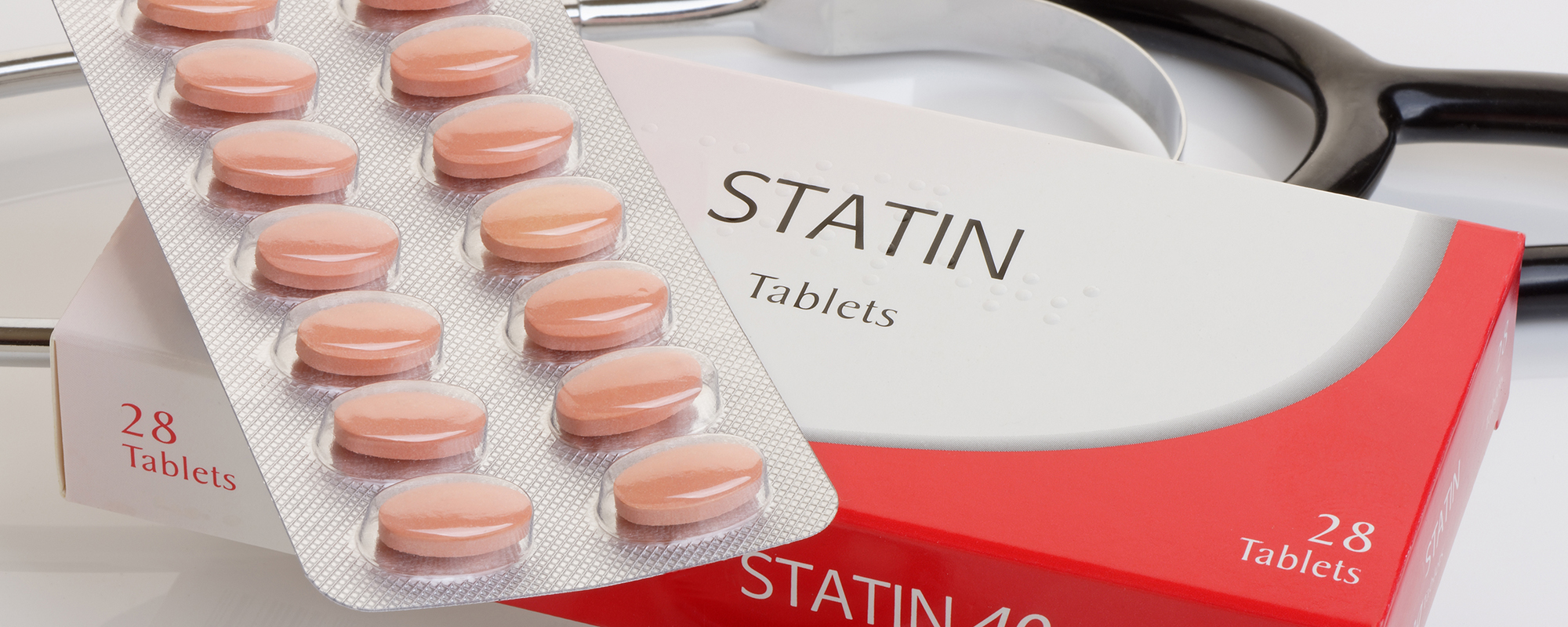
PRESCRIBE Trial
Project status
Collaborators
Gregory Kurtzman
Dylan Small, PhD
Susan Day, MD, MPH
Kevin Volpp, MD, PhD
Sneha Kannan, MD
Innovation leads
Opportunity
Cardiovascular disease is the leading cause of morbidity and mortality in the United States. Statins are effective medications for reducing the risk of cardiovascular events. However, nearly 50 percent of patients who meet evidence-based guidelines for statins have never been prescribed one.
Intervention and Impact
We designed an innovative population health approach to increase statin prescriptions.
In a 2017 clinical trial called PRESCRIBE, we randomly assigned primary care physicians (PCPs) to a control arm or one of two intervention arms. PCPs in the first intervention arm were given access to an active choice dashboard that displayed a list of their patients who met guidelines for being on a statin but had not been prescribed one. The dashboard included relevant patient information, and for each patient, PCPs were prompted to make an active choice whether or not to order a statin.
PCPs in the second intervention arm were given access to the active choice dashboard and received feedback on their statin prescribing rate compared to their peers.
Over two months, PCPs in the control arm prescribed statins to 2.6 percent of their patients, while PCPs who had access to only the active choice dashboard prescribed statins to 6.7 percent of their patients.
The dashboard and peer comparisons intervention proved most effective, with 8 percent of patients receiving a statin prescription – more than three times the rate in the control group.
Building on this work, we conducted another clinical trial ending in 2021 that tested a combination of active choice and feedback interventions to PCPs with or without an interactive text message-based intervention to patients. We modified the active choice nudge from the original design based on feedback and results from PRESCRIBE. For this study, clinicians received an active choice prompt in the EHR when they entered the ordering section.
For the patient-facing nudges, we sent a text message to patients a few days before their appointment, offering information about their heart health. If they opted in, patients received a text saying they should be taking a statin according to health guidelines. We also shared a decision-making tool on statin therapy and reminded them to speak with their doctor about taking statins.
Statin prescription rates were highest in the arm with both clinician and patient nudges – a 7.2 percentage point increase over usual care. Clinician nudges alone led to a 5.5 percentage point increase, but patient nudges alone did not change statin prescribing.
The active choice EHR nudge has been implemented across primary care sites at Penn Medicine.